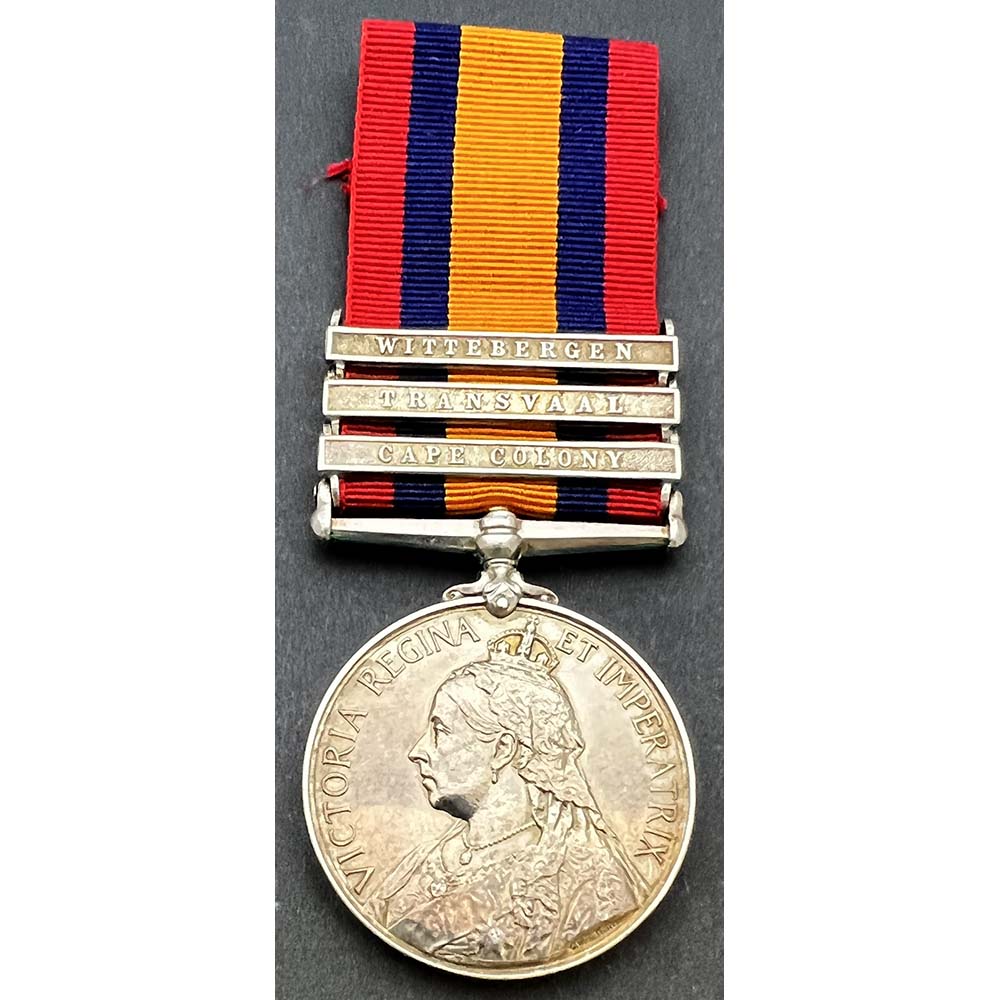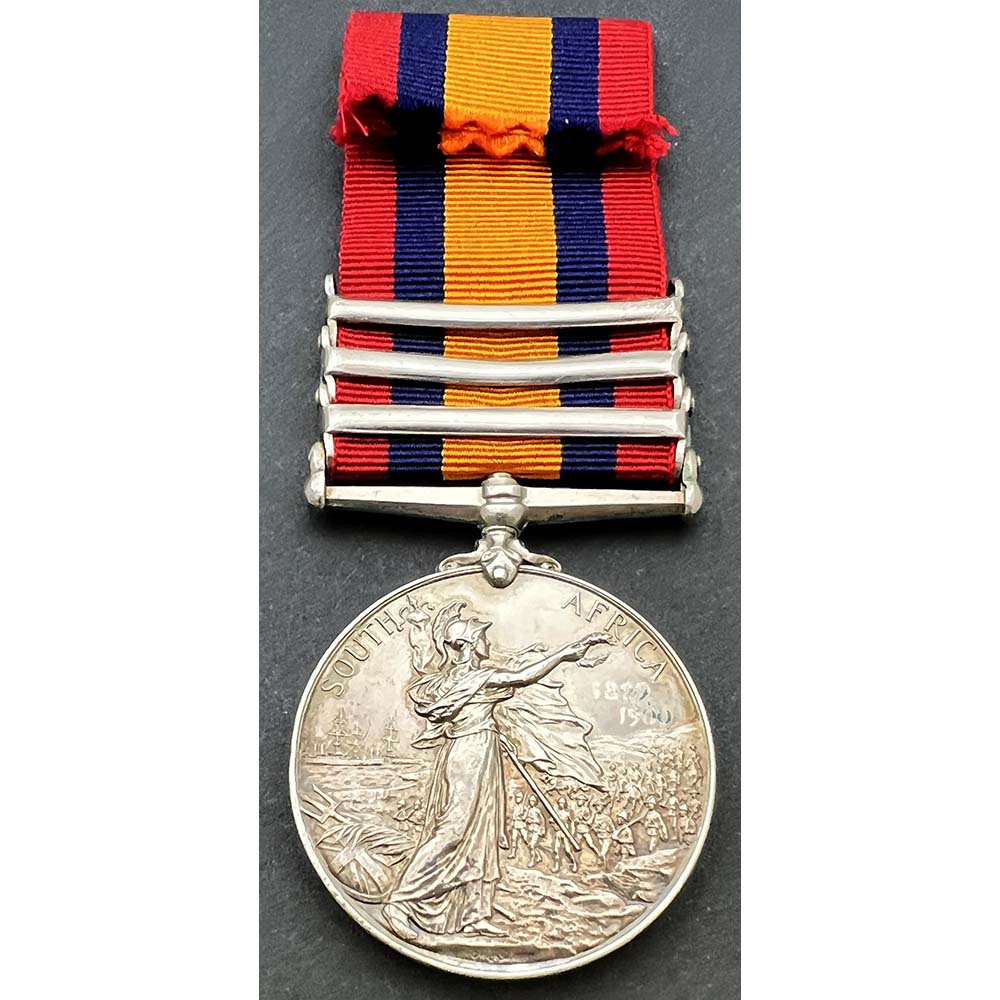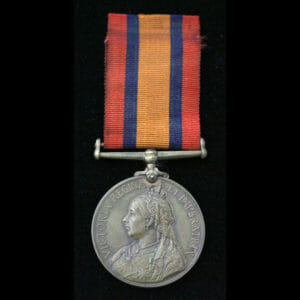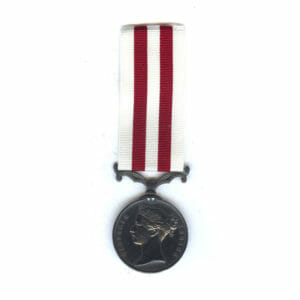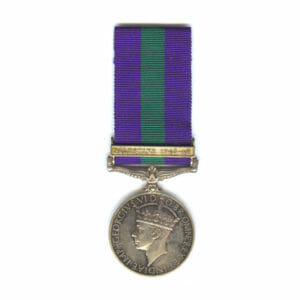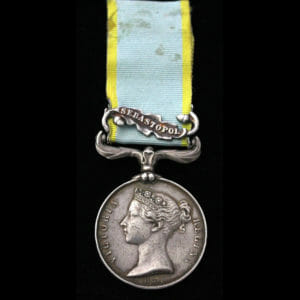Description
QSA, 3 bars, Cape Colony, Transvaal, Wittebergen, 2326 Private Albert Stagg, 2nd Gren Guards, 1 of 22 brave volunteers under Lt Quilter to rescue wounded from a ferocious fire at Biddulphsberg.
Officially engraved as seen to Guards: “2326 Pte A. Stagg. Gren. Gds.”
A report from after the battle, Senekal, Wednesday May 30th:
“Yesterday’s fighting was heavier than was at first supposed.
The 2nd Battalion Grenadiers bore the brunt of it. The advance of the Grenadiers was a magnificent display of coolness and soldierly bearing.
Many instances of heroism are recorded. Men went back again through the flames and the hail of Boer bullets to recover wounded comrades.
When the roll was called it was discovered that some wounded were still lying near the burning grass.
Lieutenant Quilter, with 20 men, immediately volunteered to return for them. Quilter and his men threw down their rifles and their equipment and ran back into the flames and brought out a number of the wounded. Despite the fact that all were obviously unarmed, the Boers fired on the rescue party the whole time, fortunately without effect.
Many explosive and soft nosed bullets were used by the enemy, which inflicted dreadful wounds…”
Apparently the Grenadier Guards, own a full and “magnificent” oil painting of Lieutenant J.A.C. Quilter and his volunteers carrying wounded Guardsmen off the blazing veldt.
The Morning Post, 22nd April 1901:
“From the incidents of the South African War, Mr J.P. Beadle has selected one, which he treats felicitously, in ‘Biddulphsberg.’
The burning veldt dispels the gloom of dusk, while, heedless of the flames and of the Boer bullets, a party of the 2nd Grenadier Guards under Lieutenant Quilter bears back the wounded men who have fallen in the engagement that is proceeding.”
It appears that the above report on the new paintings displayed at the New Gallery, Summer Exhibition, was the painting.
During the Battle of Biddulphsberg on 29th May 1900, The Grenadier Guards led the assault on a strong Boer positions, and suffered for it with extensive casualties.
The Boers were accurate that day, but far worse than that was a vicious veldt fire that had broken out, allegedly started by a Yeomanry Officer who may have carelessly dropped a lit cigarette.
The veldt was ablaze, and many men were lying wounded and helpless.
Lt Quilter, raised a party of only 22 volunteers, including Pte Stagg, who went out under fire from both the flames and the Boer rifles, to rescue the wounded.
They managed to save 12 men that day.
The men are listed by name in the regimental history, “First or Grenadier Guards in South Africa 1899-1902” published in 1907.
In the photo is an incredible drawing of the event by Caton Woodville, published by the Illustrated London News, 28th July 1900, and reproduced under the copyright of the Illustrated London News Group.
For his bravery, Lt Quilter was awarded a Mention in Despatches, and was wounded in the action, he was becoming a popular officer and was a rising star of the time, in 1915, he had come out of retirement for WW1, and he was killed in action leading his men once more in Gallipoli.
His life:
Albert Stagg, was a Cheshire man, born in Whitton, Norwich during 1872. He was baptised locally in the parish of Witton Cum Twambrooks, in Great Budworth, in Northwich.
Raised into a local family, his Parents both being born in Witton, his father Joshua was a Pansmith and his wife Sarah a Pansmith’s wife.
At 18 he had signed up with the Grenadier Guards, straight from the 3rd Volunteer Battalion, Cheshire Regiment.
He attested at Warrington on 1st March 1890, presenting himself for the Gren Gds at London on 4th March.
Entitlement confirmed on the medal roll, noted as Lce Cpl on the roll, possibly promoted for his bravery?
He later earned the King’s South Africa Medal, 2 bars, which according to the roll was named to “H. Stagg” which might explain its absence, it remarks that he was discharged to the 1st Class Army reserve after the war.
Settled back in Northwich, Cheshire for the rest of his life with his wife Annie and children.
He worked as a Carpenter and Joiner there, later in April 1953.

